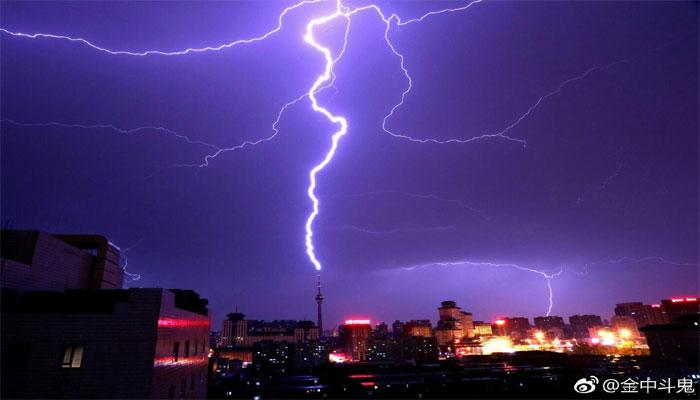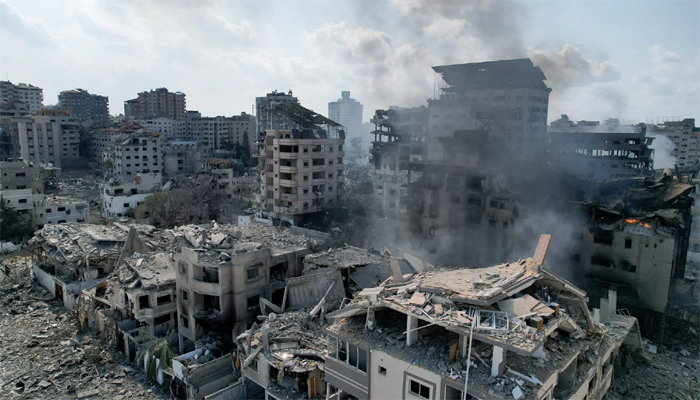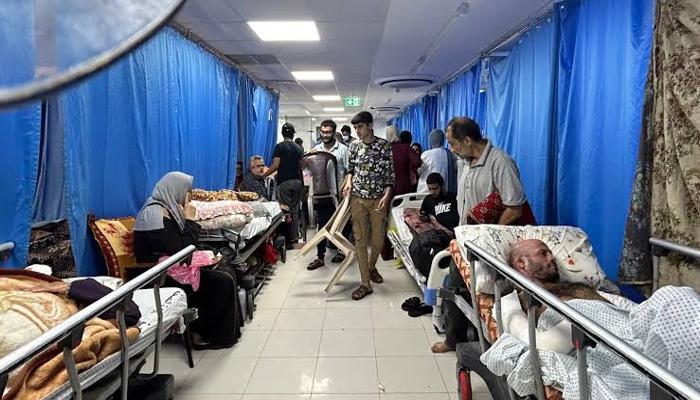PATNA: Intense thunderstorms have claimed at least 69 lives this week across eastern India's Bihar state and neighboring Nepal, officials reported on Saturday.
In Bihar, disaster authorities confirmed that at least 61 people were killed in the fierce thunderstorms that struck on Thursday and Friday. The storms, accompanied by strong winds and lightning, caused widespread devastation, with homes and structures damaged, particularly in rural areas. Local authorities are still assessing the full extent of the destruction, and the death toll may rise as rescue teams reach affected areas.
In neighboring Nepal, eight more people were reported dead due to lightning strikes that occurred on Wednesday and Thursday. Disaster officials in Nepal attributed the deaths to the sudden and violent nature of the storms, which left communities in a state of shock.
Meteorologists are predicting more heavy rainfall for Bihar, with additional thunderstorms expected on Saturday, which could worsen the situation. The India Meteorological Department issued warnings for further severe weather in the region, urging local residents to take precautions.
Scientists have long warned that rising global temperatures are exacerbating extreme weather events such as lightning storms, flash floods, and heatwaves. Each year, such weather events claim the lives of thousands in South Asia, a region particularly vulnerable to climate change. In India, lightning strikes alone account for nearly 1,900 deaths annually, with the number rising steadily in recent years.
Experts from Fakir Mohan University in Odisha highlighted a worrying trend, revealing that between 1967 and 2020, lightning strikes in India caused 101,309 deaths. The period between 2010 and 2020 saw a sharp increase in fatalities, a reflection of both the growing frequency and intensity of extreme weather events in the country.
The devastating storms in India and Nepal serve as a stark reminder of the urgent need to address climate change and implement better disaster preparedness strategies to mitigate the loss of life from such increasingly common natural disasters.









